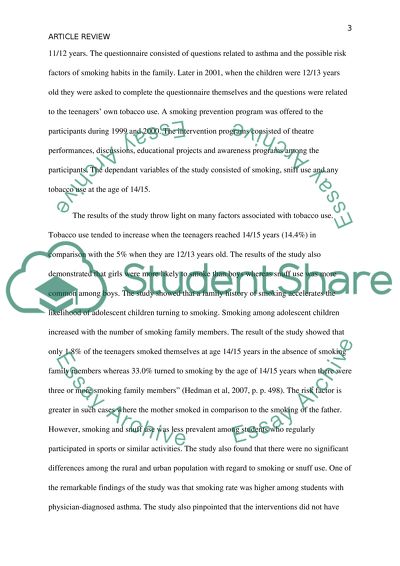Cite this document
(“Article Review Essay Example | Topics and Well Written Essays - 1000 words - 1”, n.d.)
Article Review Essay Example | Topics and Well Written Essays - 1000 words - 1. Retrieved from https://studentshare.org/psychology/1479963-article-review
Article Review Essay Example | Topics and Well Written Essays - 1000 words - 1. Retrieved from https://studentshare.org/psychology/1479963-article-review
(Article Review Essay Example | Topics and Well Written Essays - 1000 Words - 1)
Article Review Essay Example | Topics and Well Written Essays - 1000 Words - 1. https://studentshare.org/psychology/1479963-article-review.
Article Review Essay Example | Topics and Well Written Essays - 1000 Words - 1. https://studentshare.org/psychology/1479963-article-review.
“Article Review Essay Example | Topics and Well Written Essays - 1000 Words - 1”, n.d. https://studentshare.org/psychology/1479963-article-review.


